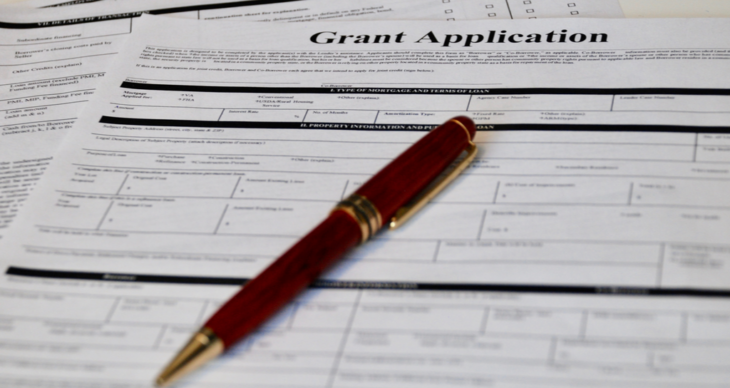The application for a Pell Grant begins with a student filling out the Free Application for Federal Student Aid (FAFSA) form. The FAFSA application is submitted either online or on paper via U.S. mail. There are submission deadlines for all FAFSA applications and they vary in each U.S. state.
The application asks for basic information but is also thorough. Information about your financial status is required. This information includes your federal tax information and/or tax returns, which also includes tax information from your parents and/or spouse as applicable.
Records of all your untaxed income are also required, as is a list of all your assets and the applicable assets of your parents and/or spouse. Proof of identification is also required, including:
- Your name.
- Your Social Security Number (SSN).
- The SSN of your living parents.
- Your driver’s license number or valid state-issued photo identification.
- Your alien registration number if applicable.
Most colleges accept Pell Grants, although some do not. The U.S. Department of Education provides a resource list including approximately 6,5000 educational institutions, which accept the Pell Grant. Pell Grant money is given to each college/university and not directly to students.
Each educational institution then disburses the grant funds to the awarded recipients as applicable. It is common for the grant money to be applied directly to tuition or other fees owed to the college instead of paid directly to a student.
In the event a student is awarded full scholarships or otherwise does not owe his or her financial institution any money, the Pell Grant is then paid to the student directly via check or direct deposit.
There are eligibility limitations attached to the Pell Grant. Applicants who are currently incarcerated or who have committed drug or sexual-related crimes are automatically disqualified. Students already having obtained professional, bachelors or other graduate degrees are also disqualified from receiving Pell Grant money.
